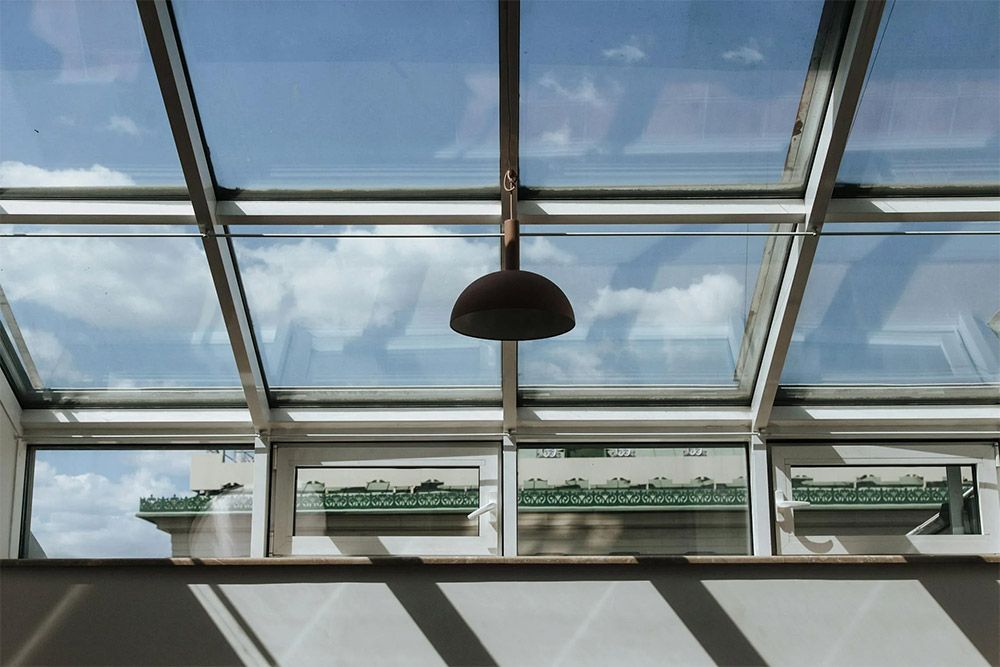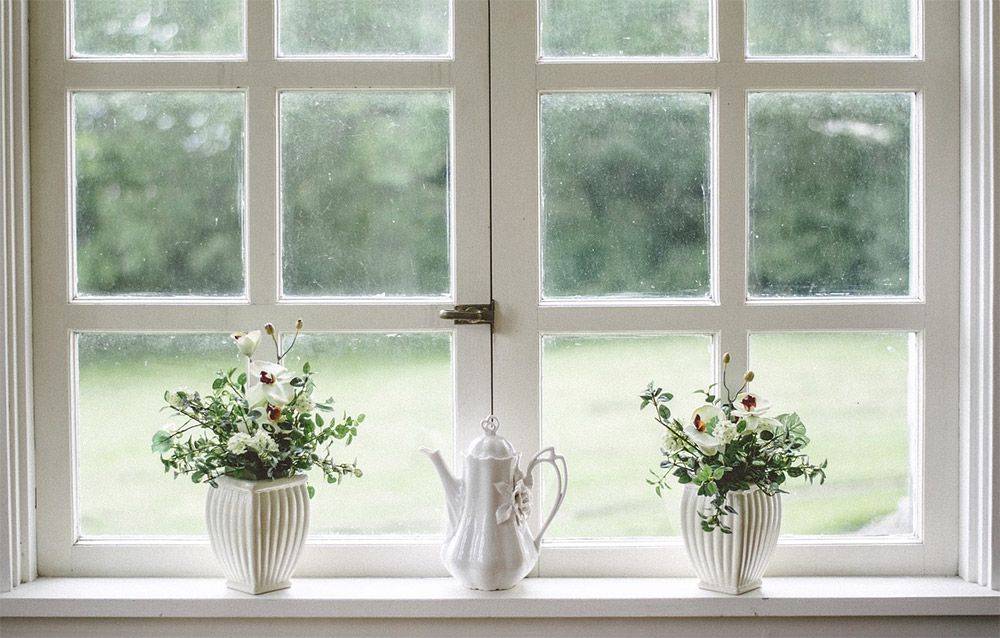What Type of Insulation & Sealing Methods Are Used During Installation to Ensure Energy Efficiency and Prevent Drafts?
There are few things more annoying to a home owner than a drafty window. Not only does it make the room uncomfortable compared to the rest of the home, but it can also lead to poor energy efficiency and higher utility bills. There are a number of ways to prevent this issue, and a lot of them are used during installation to prevent drafts from happening.
Colorado’s climate can be a little unpredictable at times, to say the least. Getting the right window installation in Fort Collins is crucial to keeping your home comfortable – no matter what Mother Nature decides to throw your way. Understanding some of the most common methods to avoid drafts can give you better insight into how to protect your home, or what might be causing current issues with drafty windows.
Fiberglass Insulation
One of the most common types of insulation, fiberglass insulation helps protect against drafts by creating a barrier that reduces the movement of air within the ceilings, walls, and floors of a building. This is typically installed between wall studs, ceiling joists, or floor joists. It fills the gaps in these areas, producing a continuous barrier that slows down or prevents the movement of air. This helps to prevent drafts from entering a living space.
Fiberglass insulation also provides great thermal resistance, which slows down the transfer of heat through ceilings, floors, and walls. By reducing this heat transfer, the insulation helps maintain consistent temperatures indoors, further minimizing the occurrence of drafts. A snug fit and sealing around the edges can enhance the insulation’s ability to prevent drafts around windows – helping maintain a more comfortable indoor environment.
Foam Insulation
Expanding foam insulation can be used around the window frame to fill gaps and create an airtight seal. Foam insulation generally comes in the form of a liquid or semi-liquid that is applied around the window frame. When dispensed, it expands to fill the space it’s applied to. This expansion allows the foam to conform to irregular shapes. This type of insulation expands to fill even some of the smallest spaces and voids to provide excellent insulation properties.
In addition to sealing gaps and preventing drafts, foam insulation also provides some thermal insulation properties, as well. Like fiberglass insulation, this helps reduce the heat transfer from inside and outside, making it much easier to maintain a comfortable temperature. This insulation can also act as a moisture barrier to prevent water from infiltrating the window frame. Foam insulation also adheres really well to most surfaces and is less likely to crack over time.
Cellulose Insulation
Like the other types of insulation, cellulose insulation works to prevent drafts by filling in gaps and other voids around the window frame. This kind of insulation is usually blown into the spaces around windows using special equipment. This allows the insulation to conform to irregular shapes and even fill tiny gaps where air could leak through. Once installed, the cellulose insulation forms a dense barrier that helps block the transfer of heat and air between the interior and exterior of a building.
This insulation acts as a sealant to maintain the proper air temperature in the space. Cellulose insulation can also help control moisture levels within the walls. By reducing the air leakage around windows, it lowers the risk of condensation forming on cold surfaces along with preventing drafts. That condensation can lead to the growth of mold, so preventing it can lead to a healthier indoor environment while protecting the building materials from moisture’s impact, too.
Weather Stripping
Weather strips are strips that are applied around the perimeter of the window sash to create a seal when the window is closed. These strips are commonly made of rubber or foam, and they create a tight seal between the moveable parts and the stationary parts of a window. The seal prevents air infiltration and drafts by filling the gaps and blocking the passage of air through the seal. These materials are flexible and resilient, allowing them to compress when the window is closed.
When the window is closed, the compression creates a barrier that blocks air from entering or escaping. It’s designed to remain flexible and stand up to repeated use, allowing it to stay effective over time. This flexibility makes sure the seal remains tight, even if the window expands or contracts with changes in temperature or humidity. Weather stripping is typically an essential component in energy-efficient windows. It certainly helps prevent drafts, but it can also reduce energy loss and lead to a consistent temperature inside the home.
Caulking
Silicone or latex caulking can be applied along the window seams between the frame and the wall to seal any gaps and prevent air from leaking in or out. Most windows are installed within rough openings in the wall. Even if the measurements are precise, there likely will be small gaps between the window frame and the wall. Caulking creates an airtight seal works to prevent drafts by sealing the gap around the window frame. This creates a barrier that prevents drafts, and has other benefits.
Caulking also helps waterproof the window installation, as well. This flexible sealant is designed to conform to the shape of the gap while adhering to the frame and the wall. Because of its nature of application, it creates a continuous seal. That prevents air from passing through, but also water. It’s also designed to remain flexible even after it has cured. This helps accommodate the nature expansion and contraction of building materials due to things like temperature changes.
Spray Foam
Different from foam insulation, spray foam is an option for smaller jobs or spaces. Spray foam typically comes in aerosol cans, but it can also come as a two-part liquid that is mixed together before being sprayed into the desired area. Like foam insulation, it expands when sprayed to fill gaps and cracks. This allows for the gaps to be filled with a continuous barrier – which helps maintain a proper indoor temperature and keep air from creating gaps around the window’s edges.
This is a flexible method, as spray foam will adhere very well to most surfaces – including wood, brick, metal, and concrete. It is especially effective at filling irregularly shaped gaps or other hard-to-reach areas, because it is versatile enough to be sprayed into tighter confines. Like the other alternatives, it can significantly improve energy efficiency while getting rid of drafts. This is an effective solution for sealing gaps around windows, especially if the problem is contained to just a few particular windows.
Backer Rods
Backer rods are round, flexible lengths of foam used to fill in joints or cracks. They’re typically used for larger gaps, and are often used to help control the amount of sealant or caulking is used when filling those larger gaps. This helps provide support to ensure that the sealant adheres properly to the surface. These rods also help create a more uniform seal by preventing the caulking from sagging or shrinking into the gap. These larger gaps may occur due to irregularities in the window frame or the surrounding structure.
Backer rods are also flexible, which allows them to conform to irregular shapes and contours around the window frame. This flexibility also helps accommodate movement in the building structure without compromising the integrity of the seal. It’s important to understand that these typically aren’t used as standalone fixes, but are used in conjunction with caulking or other sealant. They can be a helpful tool in filling larger gaps that are leading to drafty windows.
Professional Installation
Getting your windows installed by trained professionals can go a long way in making sure that windows are properly insulated and sealed. Professionals will accurately measure and fit the window, and will almost certainly use the appropriate materials and techniques for insulating around the frame. Not all gaps and cracks are created equal, and there are multiple ways windows can become drafty. Their expertise will allow for the proper sealing in a variety of situations.
Some installation techniques might involve using specialized equipment to ensure any leaks or gaps are filled. These techniques can include using things like pressure testing devices to find out exactly where the air is leaking to ensure a tight seal in the proper location. Professionals may also use a combination of some of these methods to get the proper seal – lowering your energy bills and creating a much more comfortable indoor environment.
There are a number of ways for homeowners to reduce drafts, and getting help from professionals is also recommended. Comfort is always the goal, and knowing out to properly eliminate a draft can be tricky sometimes – especially if the window is of an uncommon shape. Understanding the different options is crucial in getting the right seal to eliminate drafts. For more information on how to eliminate drafts, reach out to the experts at the Window & Siding Outlet today.
VISIT US
Loveland Showroom & Office
3167 East Eisenhower Blvd #C, Loveland, CO 80537
Fort Collins - By Appointment Only
301 Boardwalk Dr Suite 272786, Fort Collins, CO 80525
SHOWROOM Winter Hours
Mon - Fri: 9:00 am - 4:00 pm
Saturdays: by Appointment only
OUR SERVICE AREAS
Fort Collins, Estes Park, Berthoud,
Greeley, Johnstown,
Longmont,
Loveland, Milliken,
Thornton, Wellington,
Westminster,
Windsor, Cheyenne WY and surrounding areas North of Denver,
Broomfield,
Louisville,
Cheyenne.
Website Design by Get Out There Media











